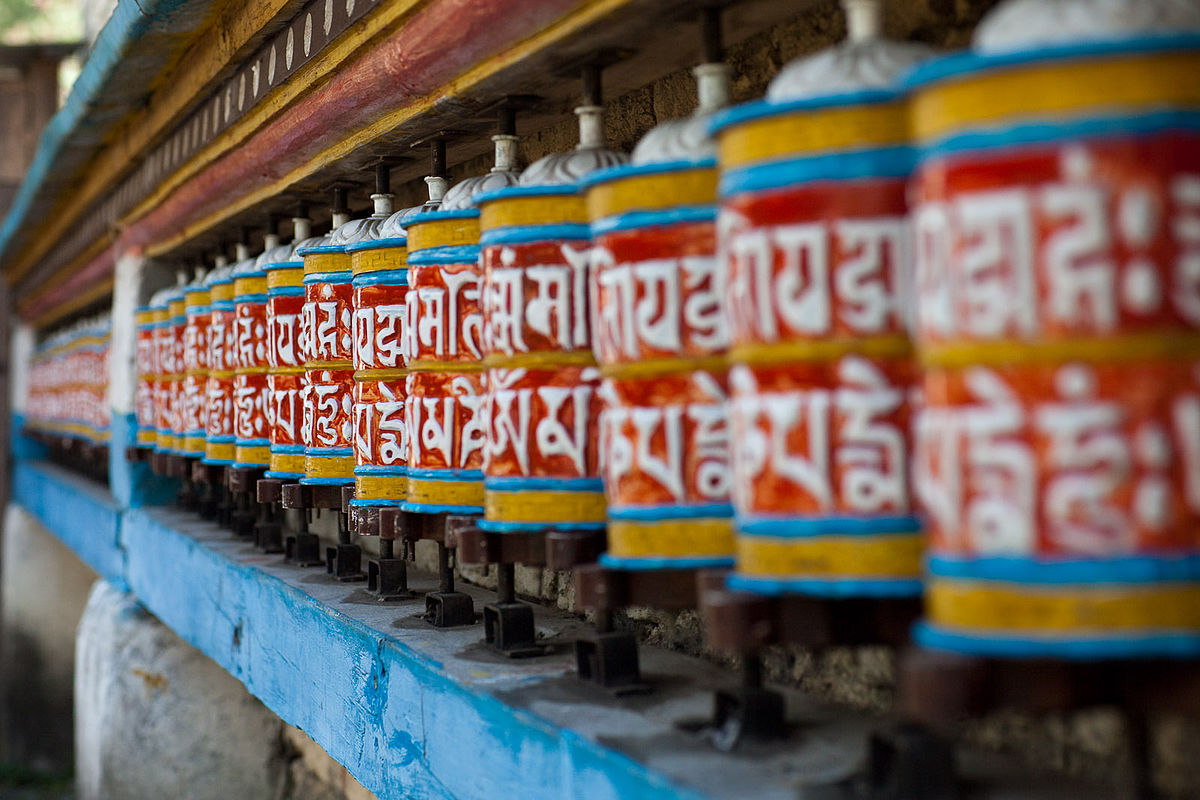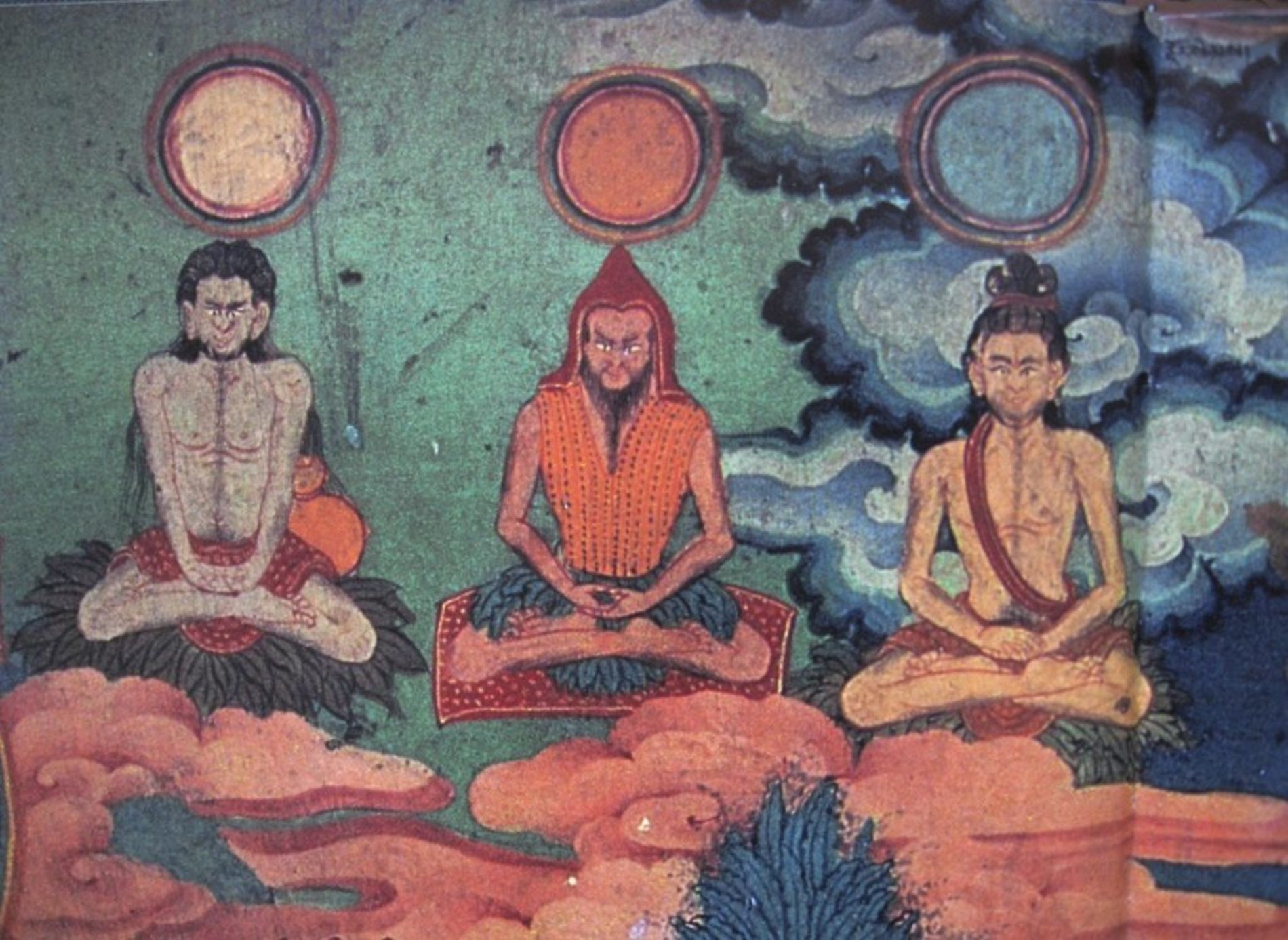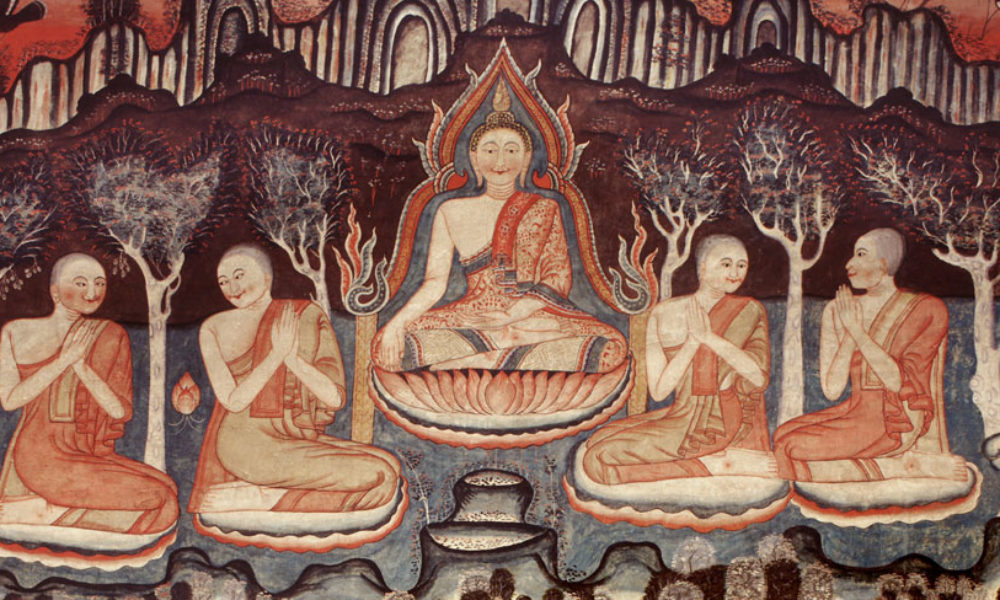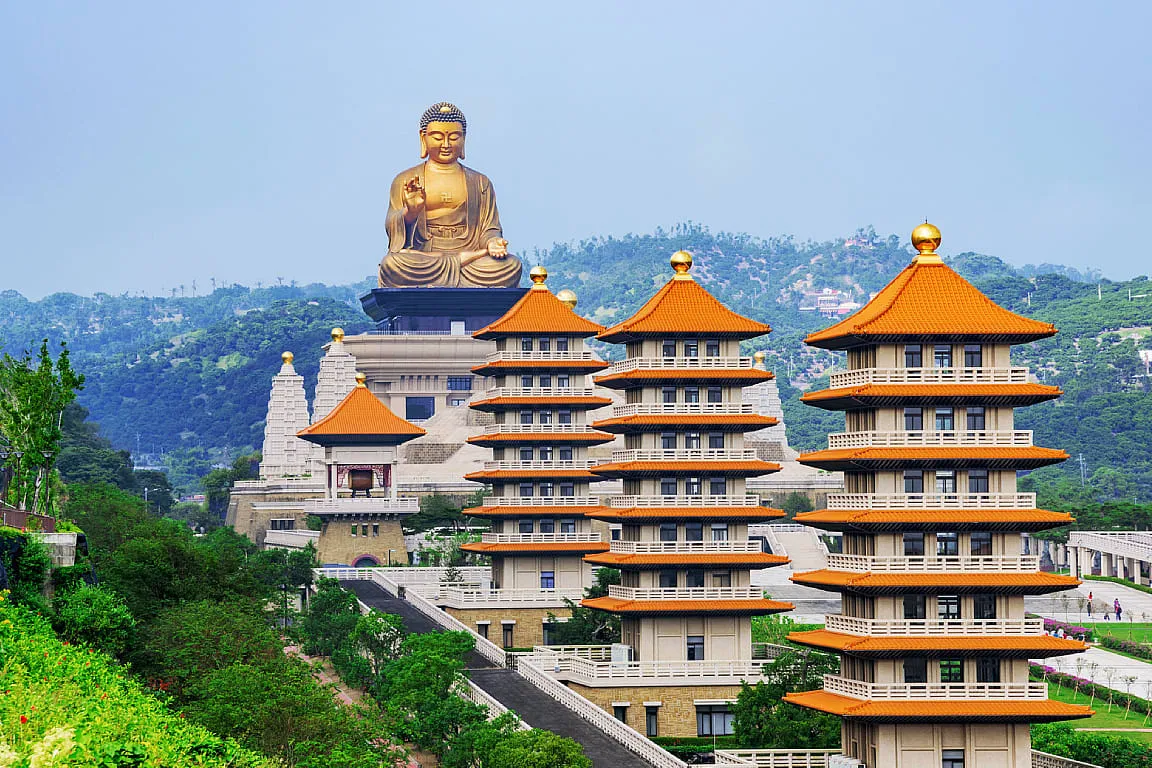Prayer wheels are common religious objects in Tibetan Buddhism, primarily used by Buddhists in Tibet and Nepal. Hand-held prayer wheels, carried by pilgrims and other devotees, are turned during devotional activities. A hand-held prayer wheel is a hollow cylinder, made of wood or metal, attached to a handle. The mantra “Om Mani Padme Hum” is printed or etched in relief on the cylinder.
According to Tibetan Buddhist belief, spinning a prayer wheel is as effective as reciting sacred texts aloud. Tibetans use prayer wheels to spread spiritual blessings to all sentient beings and to invoke good karma in this life and the next. They believe that each rotation of a prayer wheel equals one utterance of the mantra, allowing them to accumulate merits, replace negative karma with positive, and thereby bring good fortune. Buddhists turn the wheel clockwise.
Rotating these prayer wheels and reciting mantras is considered one of the most thoughtful and beneficial acts. Often built in the periphery of stupas and monasteries, the number of Buddhist prayer wheels might range from a few to hundreds, allowing people to spin them as they walk past or circle the temple or stupa in a clockwise direction.
It is believed that prayers offered through Buddhist prayer wheels grant everything a worshipper asks for.
There is a strong belief that turning the Buddhist prayer wheels with remorse and guilt will help eliminate the four bad deeds, the five actions of immediate retribution, the eight wrong views, and the ten non-virtues.
Anyone who turns the Buddhist prayer wheels in their life is believed never to be born with any anomalies, such as blindness, deafness, muteness, or physical disabilities.
When to Use a Prayer Wheel
There is no exact rule regarding when to use prayer wheels. However, one can turn the prayer wheel anytime during daily meditation, mantra recitals, or while performing spiritual practices. Nevertheless, the prayer wheel should not be spun while a Lama is delivering a speech or teaching.
How to Use a Prayer Wheel
The prayer wheel should be turned clockwise with focused concentration of body, speech, and mind. Turning the Buddhist prayer wheels does not require much physical strength, and many repetitions are encouraged.
Types of Prayer Wheels
- Mani wheel (a hand prayer wheel)
- Water wheels
- Fire wheel
- Wind wheel
- Stationary prayer wheels
- Electric dharma wheels
Lama Zopa Rinpoche has said, “To benefit sentient beings, the Buddhas and Bodhisattvas manifest in the prayer wheel to purify all our negative karmas and obscurations, and to cause us to actualize the realizations of the path to enlightenment.”
Turning a prayer wheel with millions of mantras inside is equivalent to saying those millions of mantras but achieved in a fraction of the time. However, the benefit of spinning the wheel with concentrated mind is said to be one hundred thousand times greater than spinning it with a distracted mind.




